147-foot asteroid 2023 HW5 nearing Earth today; NASA reveals its speed, distance, more
A massive asteroid 147 foot in diameter is on its way to make a close approach to planet Earth today. Here is what NASA has revealed about it.
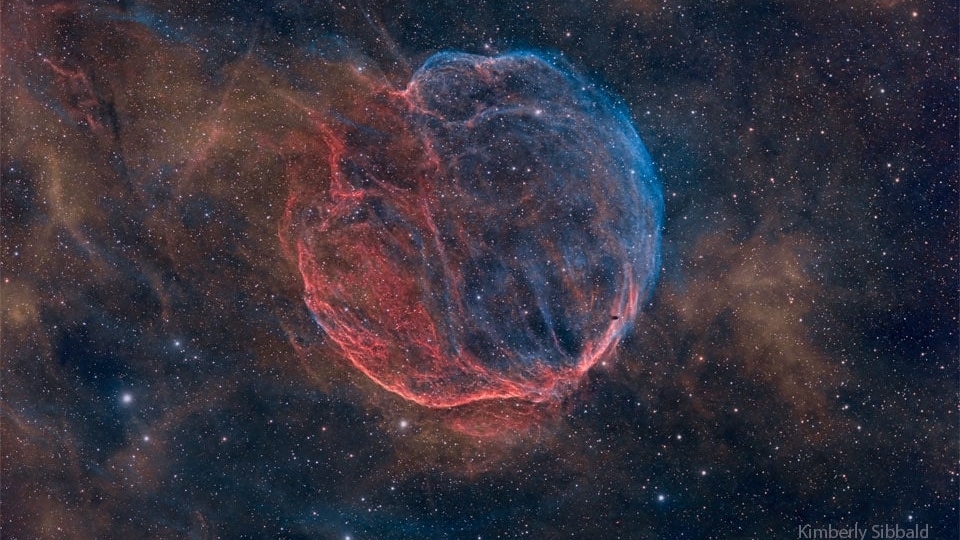
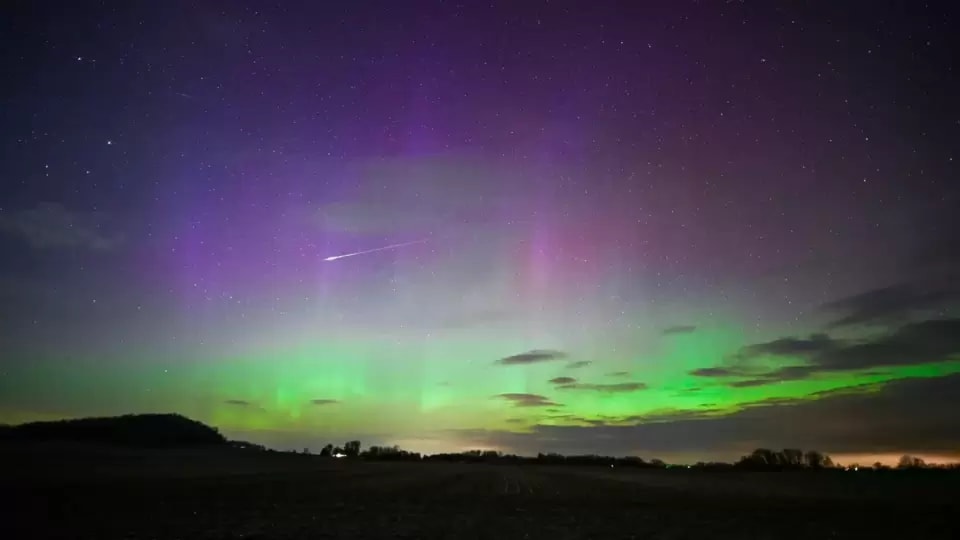

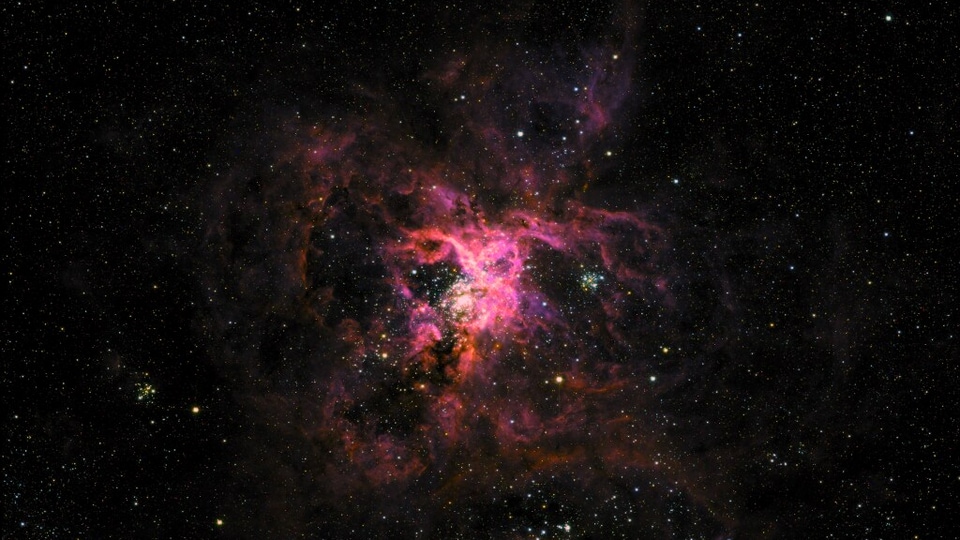
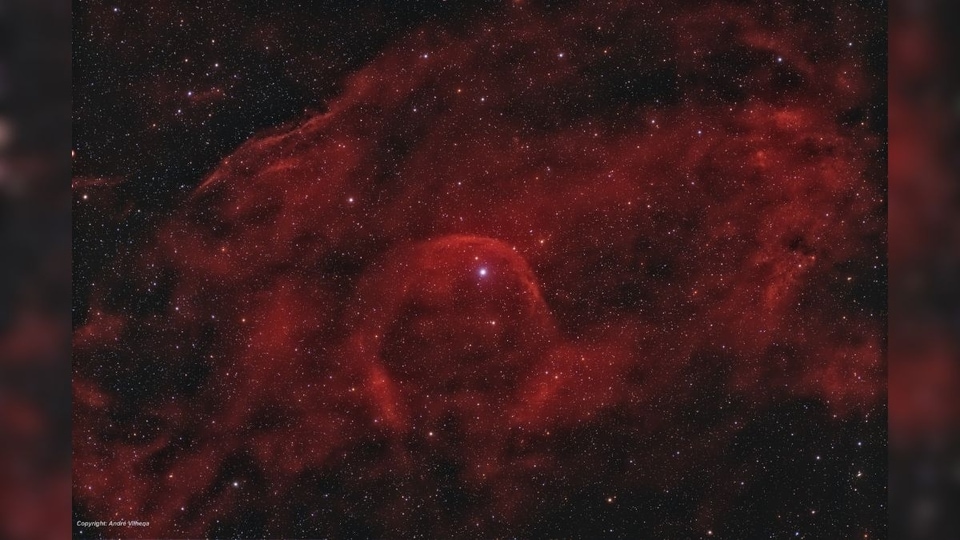
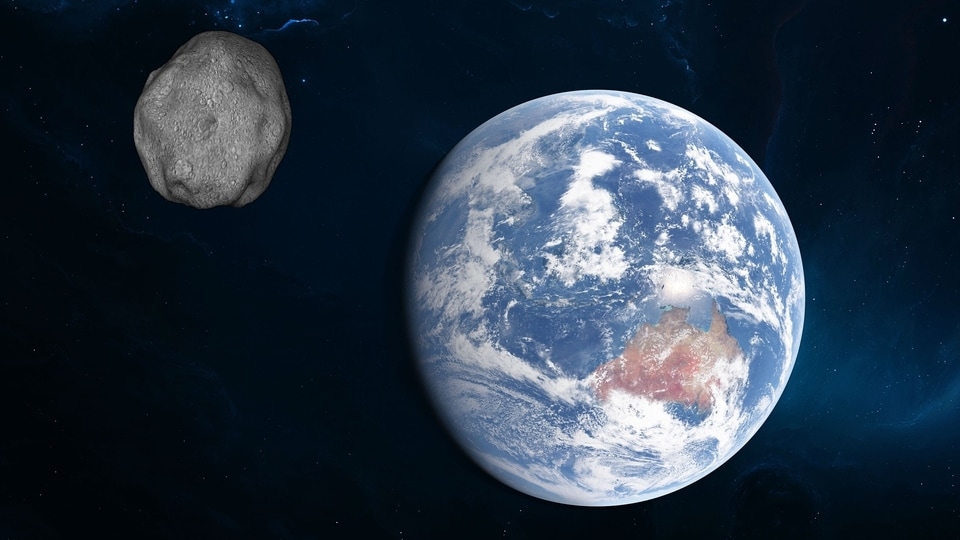
 View all Images
View all ImagesWe don't get to know about all the space objects that fly close to planet Earth. Though NASA does reveal information about spectacular celestial events taking place in space, like planet Jupiter being seen alongside various other planets in the night sky and other activities taking place in space, but details regarding other objects are mostly not widely dispensed to the general public. However, the US space agency does make sure that people are informed of certain threats like asteroids approaching Earth. It provides all the details like size, distance to Earth, speed, and more. Now, according to NASA's Jet Propulsion Laboratory (JPL), two gigantic asteroids are travelling towards planet Earth today, April 29, 2023.
Asteroid 2023 HW5
According to CNEOS, the asteroid 2023 HW5 some 147-foot in diameter is all set to make a close approach to planet Earth today. As per the information, the exact size of the asteroid is not yet known. The asteroid will come as close as 6052871 kilometers to Earth and is travelling at a rapid speed of 31536 kilometers per hour.
Other than this, another asteroid named 2023 HC4, having a diameter of anything between 15 meter and 33 m too will pass by Earth today. It is travelling at a speed of 21276 kilometers per hour and will make a close approach to the planet at a distance of 4151500 kilometers.
Will these asteroids be dangerous to the planet? No, not all the objects in outer space nearing Earth, including asteroids, pose a threat to the planet. The only time of concern will be when these objects are too large and the chances of their collision with planet Earth is very high. In the case of these asteroids, the danger is not serious even though they will be getting too close to Earth for comfort.
In order to stay alert and be prepared to avoid the incidents and situations of collision, NASA keeps an eye on the movement of asteroids, their speed, how close they will come to Earth, and more. The research organisation uses its telescopes and observatories like NEOWISE to track and study asteroids. It also uses a variety of ground based telescopes like Atacama Large Millimeter/submillimeter Array (ALMA) located in the Antofagasta Region of Atacama Desert in Chile for the same.
Catch all the Latest Tech News, Mobile News, Laptop News, Gaming news, Wearables News , How To News, also keep up with us on Whatsapp channel,Twitter, Facebook, Google News, and Instagram. For our latest videos, subscribe to our YouTube channel.































